Splatter Screens
Every kitchen has its unsung heroes, and the humble splatter screen stands among them. Often overlooked yet indispensable, this simple device is crucial in managing the cooking chaos. Whether you’re searing a steak, frying crispy bacon, or simmering a rich tomato sauce, splatter screens quietly shield us from the unpredictable bursts of hot oil and sizzling liquids.
Designed with a fine mesh held within a sturdy frame, splatter screens act as a barrier without obstructing visibility or airflow. They effectively minimize splashes and spills, keeping stovetops cleaner and safer. Beyond practicality, these screens are a testament to culinary efficiency, allowing chefs and home cooks alike to maintain focus on their culinary creations rather than on cleaning up messes.
In this post, I delve into the art of using splatter screens, from choosing the right size and material to understanding their diverse applications in different cooking methods. Join me as I uncover how this unassuming kitchen tool, when understood and utilized to its full potential, transforms everyday cooking into a smoother, more enjoyable experience, empowering you with knowledge and skill.
What’s In a Name
Splatter screens are also known by a few other names, including:
- Splatter guards: This name emphasizes their role in guarding against splatters and spills during cooking.
- Grease screens: Highlighting their effectiveness in preventing grease from spreading across the stove or countertops.
- Mesh screens: This refers to the fine mesh material that forms the screen, allowing airflow while blocking splatters.
These terms are often interchangeable depending on regional preferences or specific kitchen contexts.
What Do They Do?
Splatter screens are used primarily to prevent hot oil, grease, or liquid splatters from escaping a pan during cooking. Here’s how they are typically used:
- Placement: Place the splatter screen over the top of a frying pan or saucepan while cooking. The screen should be larger than the pan’s diameter to cover it effectively.
- Function: The screen’s fine mesh escapes steam while trapping oil splatters or other liquids. This helps reduce mess on the stovetop, countertops, and surrounding surfaces.
- Safety: A splatter screen enhances kitchen safety by minimizing the risk of burns from hot oil splashing out of the pan.
- Versatility: They are helpful for various cooking techniques such as frying, sautéing, and simmering. They can also be used when cooking foods that tend to splatter, like bacon, to minimize cleanup afterward.
- Cleaning: After use, splatter screens are typically easy to clean. Most are dishwasher-safe or can be quickly hand-washed due to their simple design.
Splatter screens are essential tools for maintaining cleanliness and safety in the kitchen. They allow cooks to focus more on their culinary creations and less on cleanup.
What Are They Made Of?
Splatter screens are typically made from materials that can withstand high temperatures and are easy to clean. Common materials include:
- Stainless Steel is the most common material for splatter screens. It is durable, resistant to rust and corrosion, and can handle high heat. The mesh is usually fine enough to block splatters while allowing steam to escape.
- Aluminum: Some splatter screens are made from lightweight aluminum, which conducts heat well. However, it may not be as durable as stainless steel and can sometimes warp with prolonged use.
- Silicone: Heat-resistant silicone is sometimes used for the outer frame or handle of splatter screens to provide a comfortable grip and prevent burns. Some splatter screens may have a silicone-coated mesh, making cleaning easier.
- Plastic: High-heat-resistant plastic is occasionally used, particularly for handles. However, plastic meshes are less common due to their lower heat resistance compared to metal.
- Combination Materials: Some splatter screens combine these materials, such as stainless steel mesh with a silicone or plastic handle, to enhance functionality and user comfort.
These materials ensure they are effective in containing splatters, easy to handle, and long-lasting.
Are They Effective?
Yes, splatter screens are generally effective at reducing splatters and spills during cooking. Here’s why they work well:
- Containment: The fine mesh screen traps and redirects splattering oil or liquids back into the pan, preventing them from spreading onto stovetops, countertops, and nearby surfaces.
- Visibility and Airflow: Unlike lids, splatter screens allow you to see and monitor the food while it cooks. They also allow steam to escape, preventing condensation and overcooking that can occur with covered pots and pans.
- Safety: Spill screens contain splatters and help minimize the risk of burns from hot oil or liquids splashing out of the pan.
- Versatility: They can be used with various types of cookware and for different cooking techniques, making them a versatile tool in the kitchen.
While no kitchen tool can eliminate splatters, splatter screens significantly reduce their impact and simplify cleanup. Choosing the right size and material (usually stainless steel or heat-resistant plastic) ensures optimal performance and durability.
For cooks who frequently encounter splattering foods like bacon or stir-frying, a splatter screen is a practical solution to maintain a cleaner and safer cooking environment.

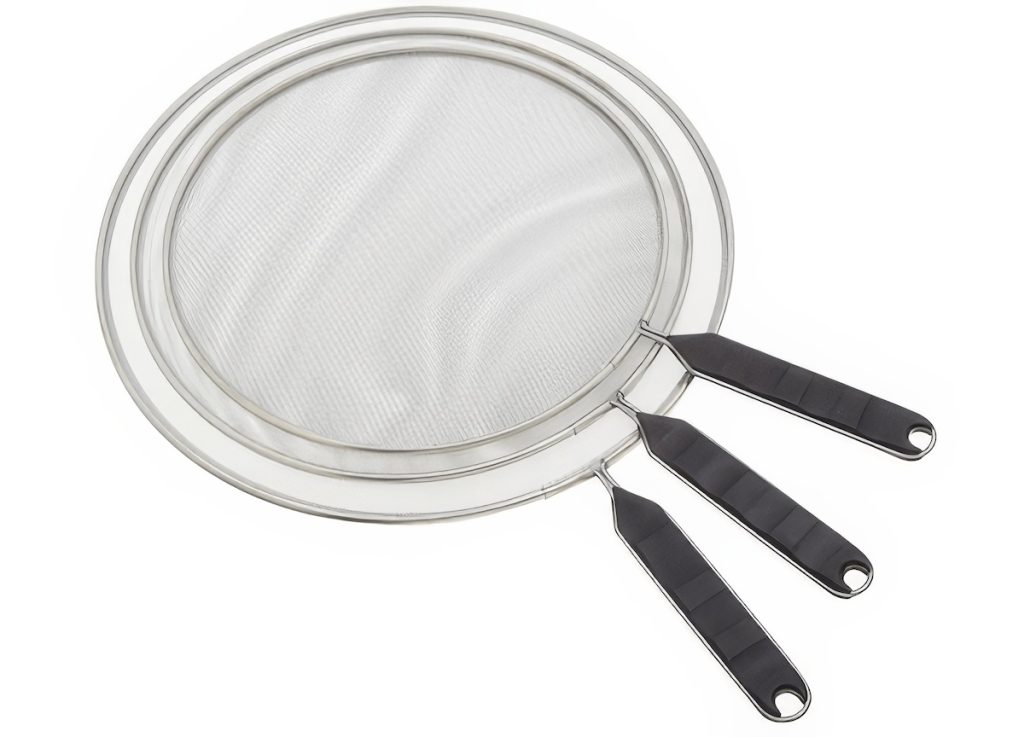
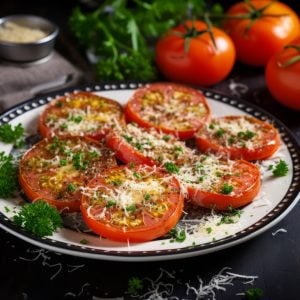
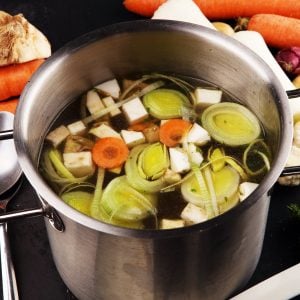
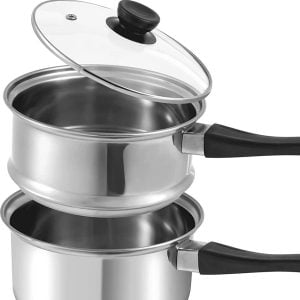
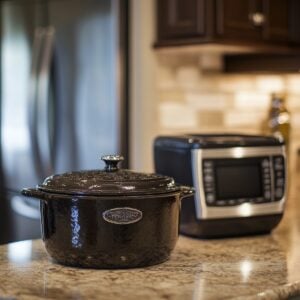
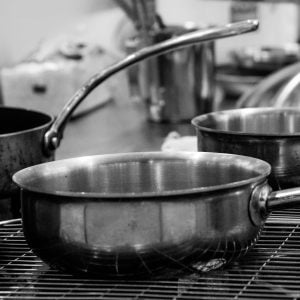
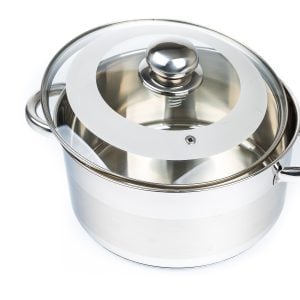
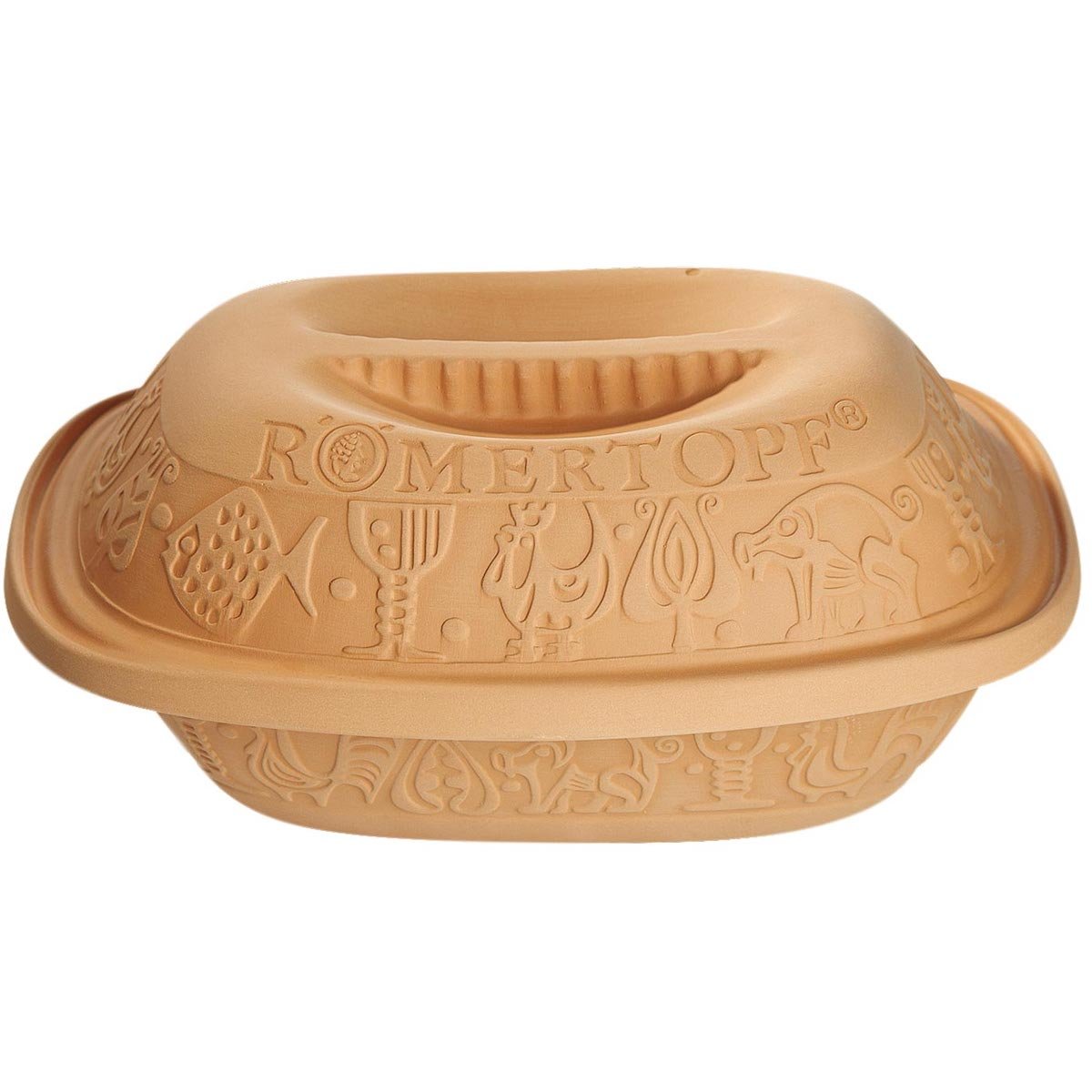

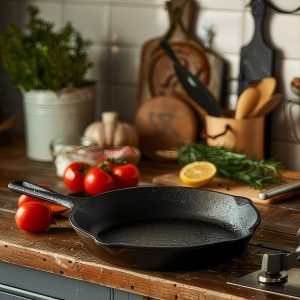


3 Responses
I was wondering if there were certain fry pans that would spatter less than others. E.g. the non-stick type seem to me to spatter more.
I’ve owned and used splatter screens for years. My small 8″ screen finally had to be tossed and I haven’t been able to find another good one that size. The only ones I’ve found are cheap ones that don’t work. I have the Cuisipro and it works great but it’s way too large for an 8″ skillet.
Hi Calvin, what was the make of your 8 inch screen? – RG
I’ve been looking for a 7″ splatter screen for a small pot. Smallest seems to be 8″. Just a couple we deep fry french fry’s in a 7″ wide diameter pot. Works great and fast but no splatter screen for this size. Been using a paper towel. Works very well but can’t see the fry’s, and some concern about a fire hazard, although not had a fire as yet when making fry’s this way for over a year now. Been thinking about getting some aluminum screen and cutting to size, but would prefer a rim and handle. Screened pot lids would be great, yet some of the simplest and useful items just can’t find these days.